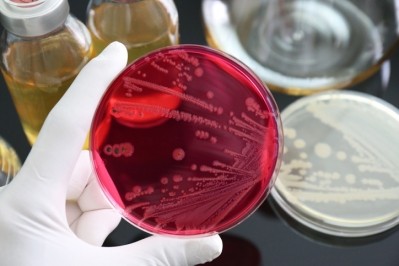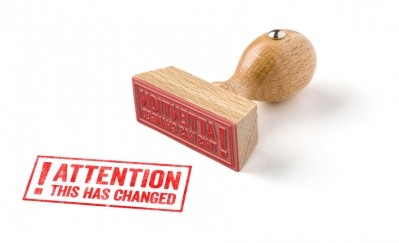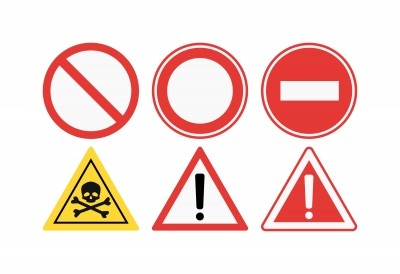All to play for in EU debate on continued use of formaldehyde in feed

The additive, which is used in feed as part of a Salmonella control strategy, was on the agenda again during this month’s SCoPAFF meeting.
But no significant movement was made on its legal status:
“There is political deadlock around the formaldehyde issue. The Commission has proposed authorization for a shorter period — three years - than the five year timeline previously put forward but it can’t get a qualified majority from member states to accelerate that,” Diederik Standaert, head of the feed, GMOs and tobacco products division within the Directorate General of Animals, Plants and Food in Belgium, told us.
He said refusal of authorization for formaldehyde might also be on the cards. “But the Commission is unable to secure a qualified majority on denial either,” said Standaert.
Background to SCoPAFF discussions
The use of formaldehyde as a preservative in feed fell under the Biocidal Products Directive (98/8/EC) until September 2013 when the Directive was replaced by the EU Biocidal Products Regulation 528/2012. Thereafter, a transition period was specifically established at EU level.
The transition was established so that formaldehyde may be authorized as a microbiological decontaminant under the auspices of the feed additive regulations (EC) No 1831/2003, and for the development of effective decontamination alternatives.
That transition period formally expired in July 2015, but the legal status for formaldehyde in feed within this EU animal feed regulation has still not been agreed upon.
However, its continued use has been allowed in markets like the UK and other EU countries used to relying on it for salmonella control in feed until a decision is made at EU level on its future authorisation.
Occupational health
Arnaud Bouxin, deputy secretary general of EU feed manufacturer’s federation, FEFAC, said concerns around the use of formaldehyde relate to occupational health risks: “There is no question about its use in feed in terms of animal and food safety.”
In terms of the animal feed sector, the UK’s Food Standards Agency (FSA) reported last year that it has worked closely with stakeholders to maximize the medium-term future of formaldehyde by supporting actions to ensure worker safety and maintaining momentum for industries that are currently heavily reliant on this product.
Meanwhile, Bouxin said there are a plethora of different salmonella management strategies across European markets, with the Nordic countries, in the main, taking a zero tolerance approach to salmonella contaminated feed consignments while other countries choose to treat adulterated material.
So trying to generate consensus at EU level on one control method to reduce risk is proving highly challenging, he added.
Last year, FEFAC updated its publication on feed safety management to include much more detailed guidance on to how to manage salmonella risks. They were, said Bouxin at the time, particularly aimed at countries where salmonella risk mitigation strategies are only in the development phase.







